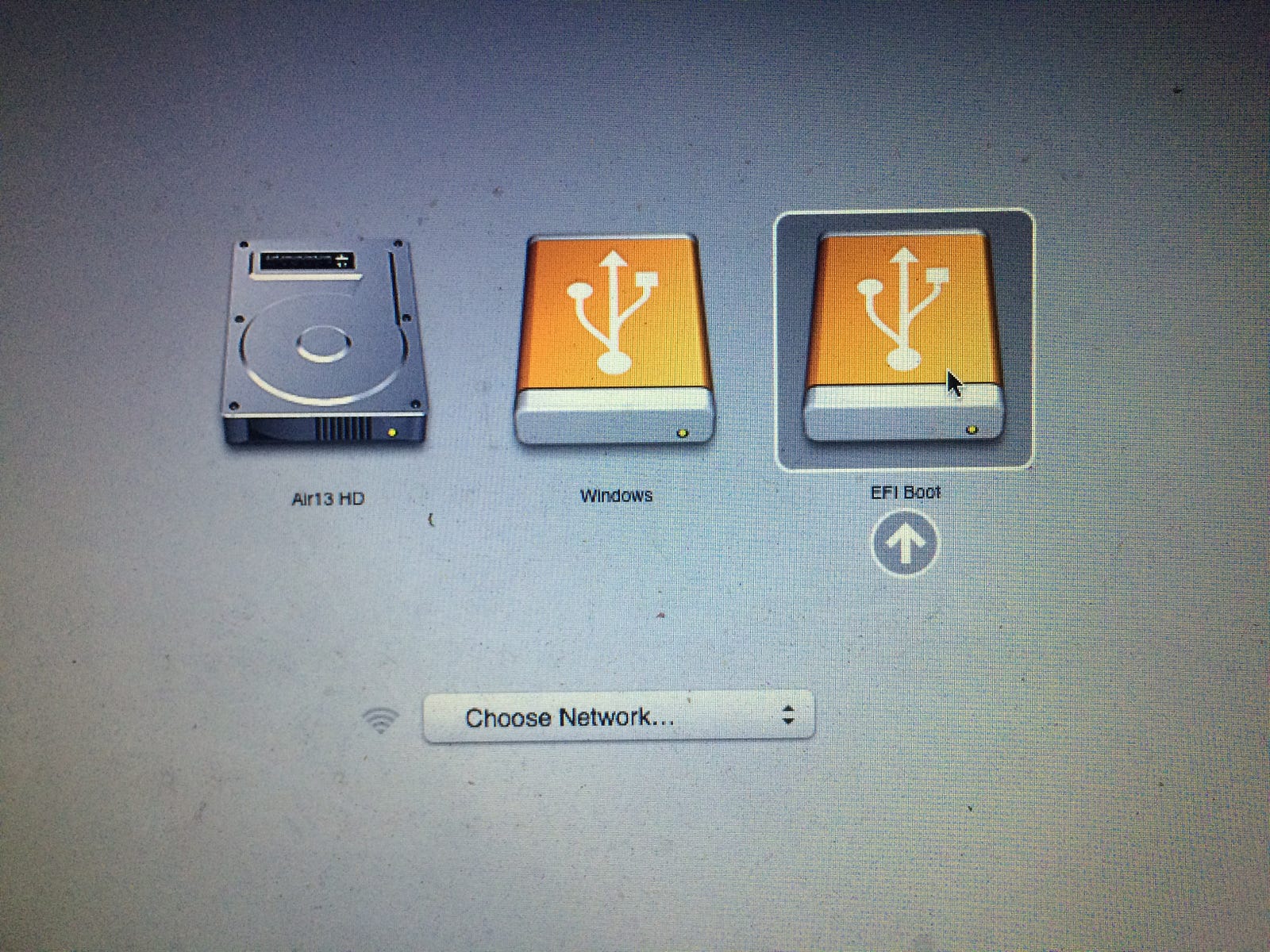Usb Boot Tool For Mac
The Problem RELATED: Apple’s made it difficult to boot non-Mac OS X operating systems off of USB drives. While you can connect an external CD/DVD drive to your Mac and boot from standard Linux live CDs and USBs, simply connecting a Linux live USB drive created by to a Mac won’t work. There are several ways around this. For example, Ubuntu offers some that involve converting the USB drive’s file system and making its partitions bootable, but some people report these instructions won’t work for them. There’s a reason Ubuntu recommends just burning a disc.

Insert the USB drive into the Mac and launch Disk Utility. Click on the USB drive from the left-hand menu and select the Partition tab. Microsoft offers a simple tool to create a bootable USB on Windows, but there is no such tool for Mac users. Fortunately the process is pretty easy, if you know how. Plus, this is a great opportunity to get Microsoft’s last version of Windows for free. This tool is an exact clone of Universal USB installer or you can also say Universal USB installer is a clone of UNetbootin. Create a bootable USB for any Linux distribution. If you are not using Windows as your host operating system, then UNetbootin is an option to go for.
Snipping Tool for Mac is the most popular tool for taking screenshots on your Mac. Download Snipping Tool for Mac Free. Snipping Tool for MacBook Pro is used by a vast number of people around the world. Snipping Tool for MacBook Air provides you with a variety of screenshot modes, in which you can take up to four different screenshots on your Macbook. Free snipping tool download for mac. Snipping tool for mac free download - Free Snipping Tool, COBRA Snipping Tool, Snipping Tool++, and many more programs. Snipping tool for mac free download - Free Snipping Tool, COBRA Snipping. So for this exact purpose, we need a tool that just works like Windows Free Snipping Tool plus including the support for uploading snips to FTP or to storage services like Dropbox, Google Drive, S3. How can the answer be improved?
Should allow you to boot those USB drives if you install it on your Mac. But you don’t have to install this alternative UEFI boot manager on your Mac. The solution below should allow you to create Linux live USB drives that will boot on modern Macs without any additional fiddling or anything extra — insert, reboot, and go.
Use Mac Linux USB Loader RELATED: A tool named “” by SevenBits worked well for us. This Mac application will allow you to create USB drives with your preferred Linux distro on them from within Mac OS X in just a few clicks. You can then reboot and boot those USB drives to use the Linux distribution from the live system. Note: Be sure to move the Mac Linux USB Loader application to your Applications folder before running it.

This will avoid a missing “Enterprise Source” error later. First, insert the USB drive into your Mac. Check that the USB drive is formatted with an MS-DOS (FAT) partition. If it isn’t, delete the partition and create a FAT partition — not an ExFAT partition. Next, open the Mac Linux USB Loader application you downloaded. Select the “Create Live USB” option if you’ve already downloaded a Linux ISO file.
Usb Boot Tool Mac Os X
If not, select the “Distribution Downloader” option to easily download Linux distribution ISOs for use with this tool. Select the Linux distribution’s ISO file you downloaded and choose a connected USB drive to put the Linux system on. Choose the appropriate options and click “Begin Installation” to continue. Mac Linux USB Loader will create a bootable USB drive that will work on your Mac and boot into that Linux distribution without any problems or hacks.
Boot Up From Usb Mac
Before booting the drive, you may want to change some other options here. For example, you can set up “persistence” on the drive and part of the USB drive will be reserved for your files and settings. This only works for Ubuntu-based distributions. Click “Persistence Manager” on the main screen, choose your drive, select how much of the drive should be reserved for persistent data, and click “Create Persistence” to enable this.